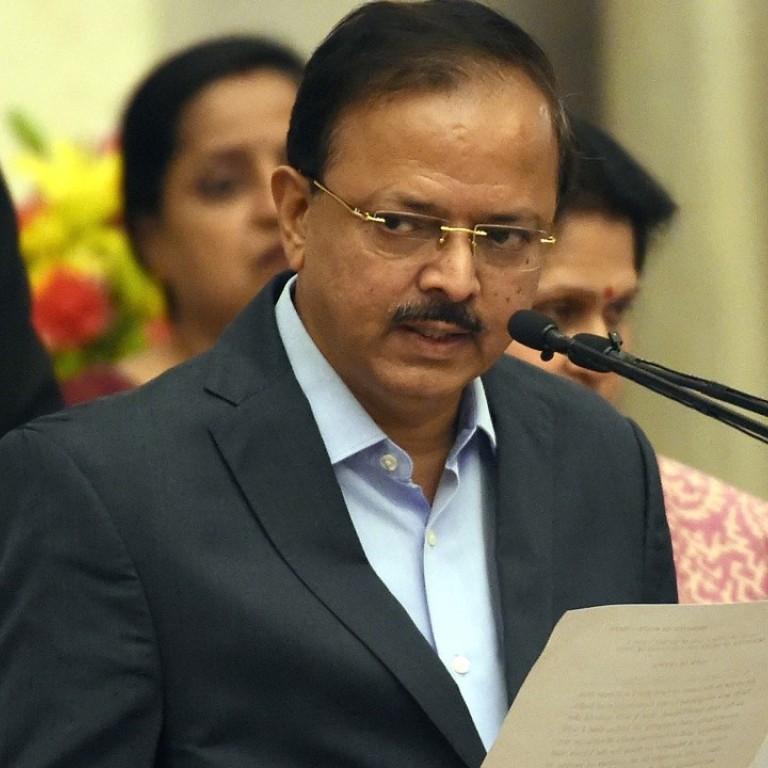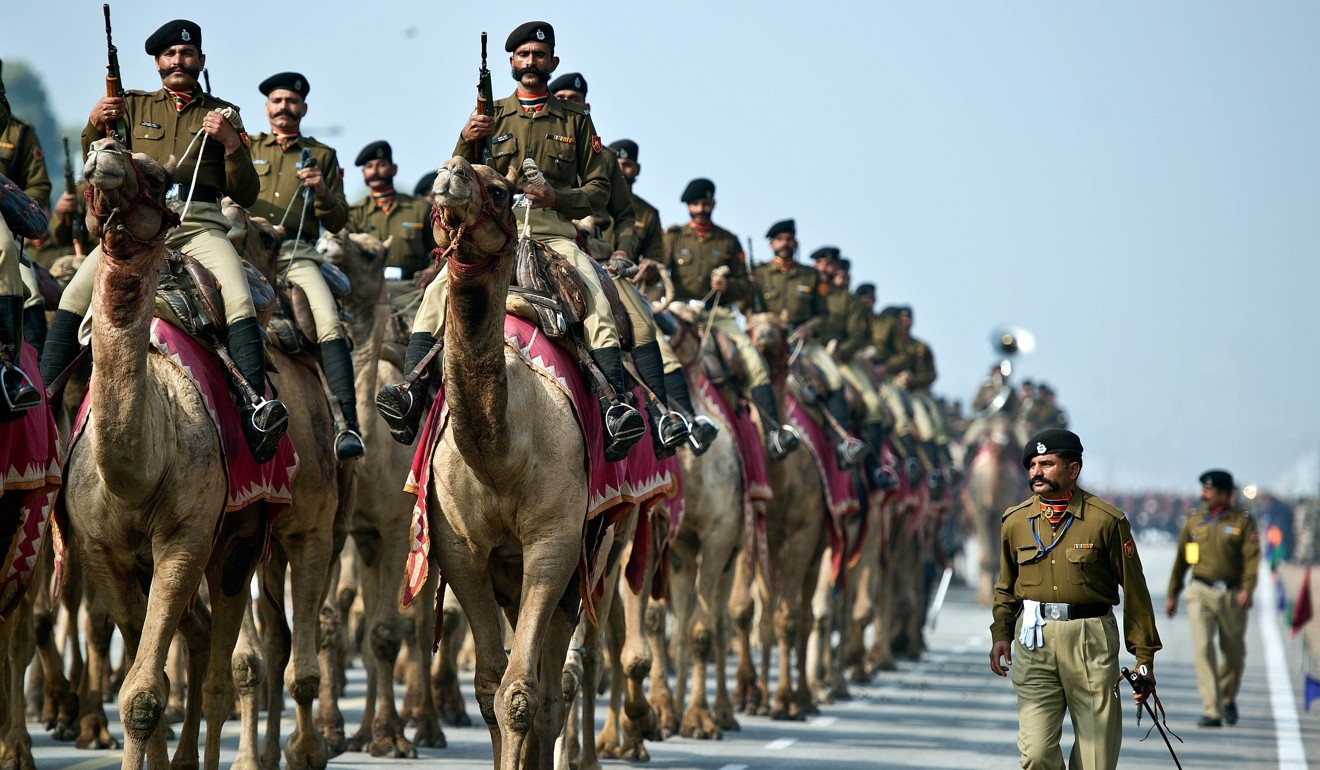
Border stand-off with China can be resolved by diplomacy, India says
Neither side is backing down but leaders of two nations might have chance to discuss the dispute at G20 meeting
Tensions between China and India along a contested part of their border near Bhutan are ratcheting up even as New Delhi says the stand-off can be resolved through diplomacy.
Several thousand soldiers are facing off at a plateau next to the mountainous Indian state of Sikkim, which borders China, Indian media has reported.
The flare-up began last month after China began a road project in the area that India viewed as upsetting the status quo.
Chinese foreign ministry spokesman Geng Shuang on Thursday said India had used “protecting Bhutan as a cloak” to militarise the border and “invade Chinese territory”.
“China does not understand what reason India had for believing the road was a security risk, and China has every right to build roads in its own territory,” Geng told a regular briefing.
“Over the past few years, it’s actually been India that has, in the Sikkim sector of the China-India border, been building a great number of facilities and deploying a large number of forces.”

Geng’s comments came as Indian Minister of State for Defence Subhash Bhamre told local media the stand-off could be solved using diplomatic channels, but China must first withdraw its troops.
“I believe this issue can be solved at the diplomatic level. The Chinese troops should stay where they were earlier. China should stop its incursion into Bhutanese territory,” Bhamre told India Today Television on Wednesday.
He said Bhutan’s king issued a a statement on Tuesday saying Chinese troops were entering its territory but added the tension could be resolved at the diplomatic level. “Across the table we can solve all the problems,” he said.
“This is our security concern and this is our stand. Bhutan’s king [on Tuesday gave] a statement that Chinese [troops] are entering into their territory ... This tension can be resolved at the diplomatic level. Across the table we can solve all the problems.”

Last month China began building a road on territory also claimed by Bhutan, a move seen as upsetting the status quo. Although China and Bhutan have spent decades negotiating the precise border without serious incident, the tiny Himalayan kingdom sought help this time from its long-time ally, India, which sent troops onto the plateau.
Alka Acharya, a professor of Chinese studies at the Centre for East Asian Studies in New Delhi, said the best way to reduce tensions was through dialogue. “Suspicions are unlikely to be banished, but it is very important for both sides to frankly state their respective concerns,” she said.
Professor Wang Dehua, director of the Institute for Southern and Central Asian Studies at the Shanghai Municipal Centre for International Studies, said only talks between Chinese President Xi Jinping and Prime Minister Narendra Modi could resolve the issue. “Xi and Modi are likely to meet at the G20 summit and discuss the border issue,” Wang said.
China hoped India would take part in BRICS talks in Xiamen in Fujian province in September, as New Delhi was absent from the belt and road summit in Beijing in May, Wang said. The bloc is composed of Brazil, Russia, India, China and South Africa.
But according to the India Today website, citing sources, the row had allowed Beijing to feel the “atmosphere is not right” and hesitant over a possible meeting at the G20 summit in Hamburg this week.

